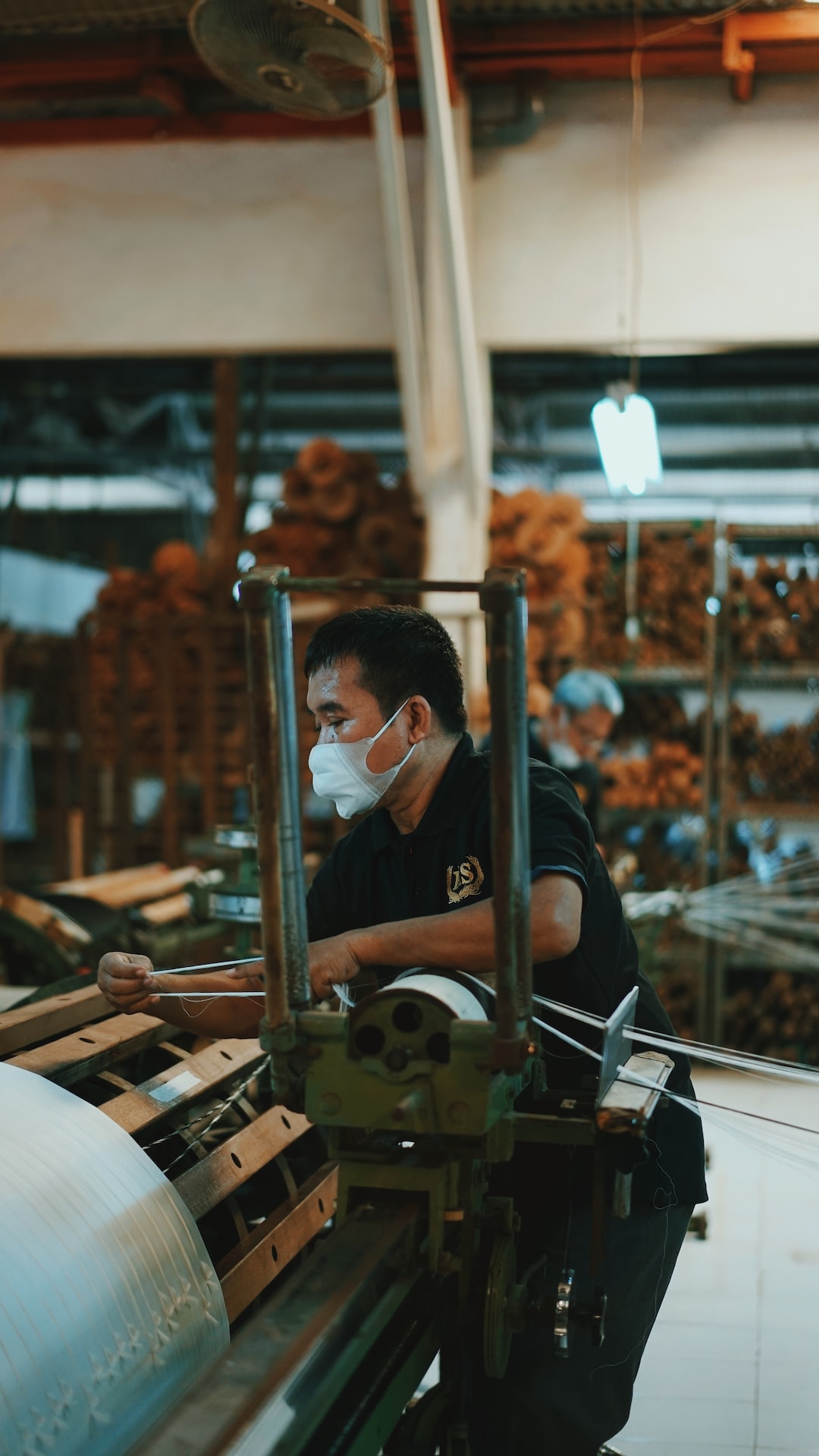The Role of Robotics in Manufacturing: Enhancing Productivity and Reducing Labor Costs
In recent years, the manufacturing industry has undergone a significant transformation with the advent of advanced technologies. One such technology that has revolutionized the industry is robotics. The integration of robotics in manufacturing processes has led to significant improvements in productivity and a reduction in labor costs. In this blog post, we will explore the role of robotics in manufacturing and its impact on these key parameters.
Firstly, the use of robotics in manufacturing has greatly enhanced productivity. Automation provided by robots has brought about precision, speed, and accuracy in carrying out various tasks. Unlike humans, robots can work continuously without experiencing fatigue or getting bored. This enables robots to perform repetitive tasks with high efficiency and consistency, leading to increased output. Furthermore, robots can be programmed to work at higher speeds and carry out tasks with greater precision, resulting in improved quality control.
Additionally, robots are capable of carrying out dangerous tasks that are deemed too risky for human workers. They can handle heavy machinery, work in hazardous environments such as chemical plants or nuclear facilities, and execute tasks involving high temperatures or toxic substances. By taking over such tasks, robots not only ensure the safety of human workers but also enhance overall productivity by eliminating the potential for accidents and disruptions caused by human errors.
Moreover, the deployment of robotics in manufacturing processes has significantly reduced labor costs. While the initial investment in acquiring and installing robots may be substantial, the long-term benefits outweigh the costs. Once operational, robots can work tirelessly and do not require breaks, holidays, or sick leaves. This eliminates the need for manpower to cover shifts or hire additional workers during peak production periods. Consequently, manufacturers can reduce their labor costs significantly, as they no longer have to pay for wages, benefits, insurance, or overtime.
Furthermore, robots can carry out tasks at a faster pace, resulting in a shorter production cycle and increased output. With higher efficiency and output, manufacturers can meet the growing demands of customers while maintaining competitive pricing. This allows them to expand their market share and generate higher revenues, further offsetting investment costs and reducing labor costs as a proportion of overall expenses.
In addition to enhanced productivity and reduced labor costs, the integration of robotics in manufacturing also provides other benefits. Robots can work alongside human workers, collaborating to achieve better results. This enables manufacturers to utilize the strengths of both humans and robots, as humans can handle complex decision-making, problem-solving, and creativity, while robots excel in precise and repetitive tasks. This collaboration can lead to greater innovation, efficiency, and overall improvement in manufacturing processes.
Moreover, the use of robotics in manufacturing can also contribute to a more sustainable future. Robots are more energy-efficient than human workers as they do not require heating, cooling, or lighting. They can also optimize energy consumption by adjusting their operations based on real-time demands. Additionally, robots produce minimal waste compared to humans, reducing the environmental impact of manufacturing processes.
In conclusion, robots have emerged as a game-changer in the manufacturing industry, enhancing productivity and reducing labor costs. Their ability to work continuously, carry out repetitive tasks with accuracy, and handle dangerous operations have revolutionized manufacturing processes. While the initial investment may be significant, the long-term benefits in terms of increased output, lower labor costs, and improved safety justify the integration of robotics. As we move forward, the role of robotics in manufacturing will continue to evolve, bringing about further advancements, achievements, and efficiency in the industry.

